Stay in the loop -
Product drops, insider updates & more...
We're currently closed for the holidays and will re-open and process orders on Tuesday 6 January
We're currently closed for the holidays and will re-open and process orders on Tuesday 6 January
Adventure Racing with Sam Clark
From borrowing an old racing kayak early in high school, to winning his first Coast to Coast.
Sam Clark chats to us about his training, overseas adventure racing - including abseiling several hundred meters down a cliff in the middle of the night having not slept for days, and more...
• June 24th 2020
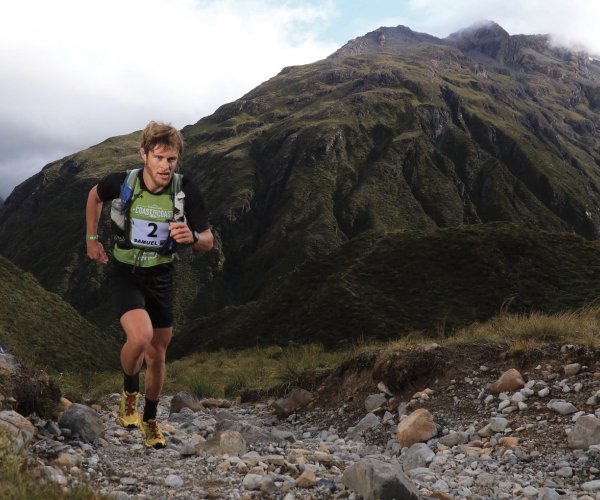
"In an expedition race, it wouldn’t be unusual to climb a 4,000m mountain and abseil several hundred meters down a cliff in the middle of the night having not slept for several days..."
Wide Open: Hey Sam, can you tell us a bit about where you grew up?
Sam Clark: I grew up in Onepu, not far from Whakatane, our family spent a lot of time in the outdoors; hunting, fishing and tramping and as soon as I got a “proper” bike I rode the 11km to school each day. Mainly because I could beat the bus and get home in time to watch Dragon Ball Z.
WO: How about the events that you compete in – how did you get into multi-sport events?
SC: I started racing triathlon when I was quite young; not very successfully. Early in high school I borrowed an old racing kayak for some smaller races and ended up doing pretty well, so I split and stacked firewood for months at home and bought a fast racing kayak. I was pretty much hooked on paddling after that and pretty strong from splitting all that firewood too, it gave me a real edge in paddle-bike-run events and when I finished high school and did the two day Coast to Coast for the first time, and won; that’s when I really started to believe that I could have a bright future as a Multisport athlete.
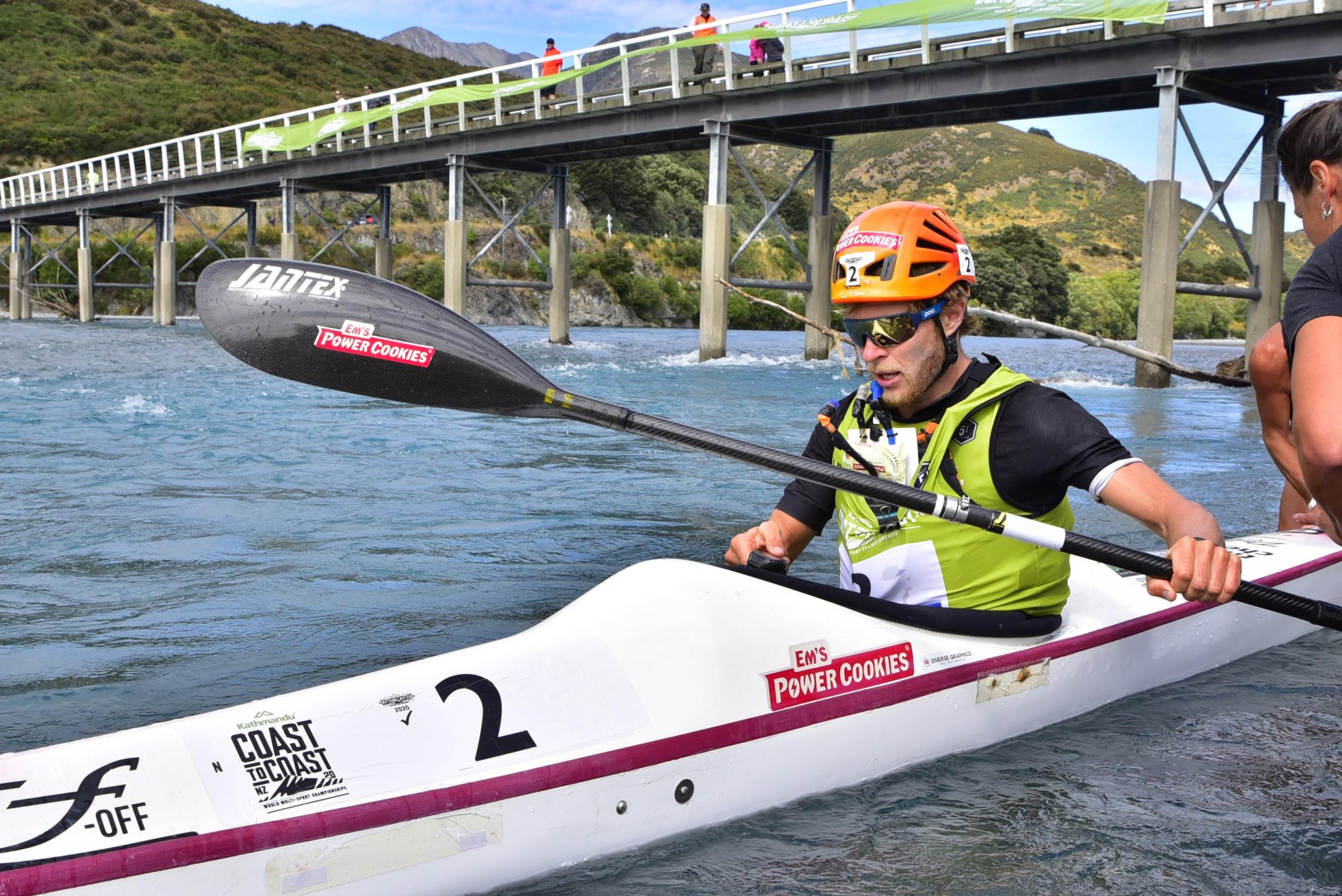
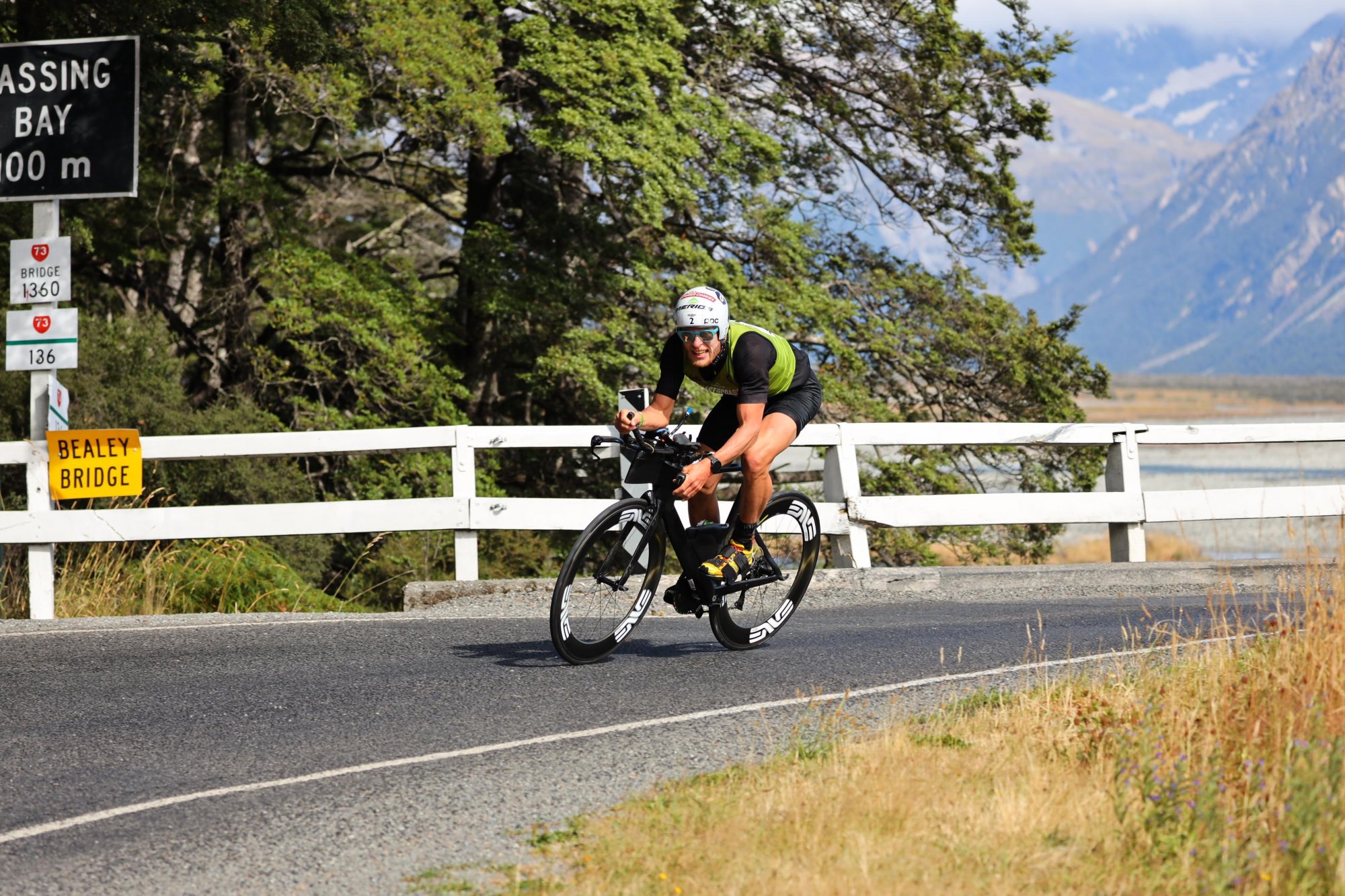
Sam most recently won the 2020 Coast to Coast, completing it in 10:45:01
WO: What’s your proudest moment?
SC: Getting that first run on the board and winning the two-day division of the Coast to Coast race. The feeling of crossing the finish line gave me so much self-belief and confidence to really pursue a sport that has opened up so many opportunities and gives me so much satisfaction. Without that first win, life would look pretty different for me.
WO: How do you train for multi-sport events?
SC: For key events, I plan around 25 hours a week of training. Events can be quite different in terms of length and what’s involved. Some are relatively short, but others might take multiple days to complete. I try and tailor my preparation to be as specific as possible to an event, which can be a challenge when sometimes the race course isn’t revealed until 24 hours before the start!
WO: We’ve heard of the events that you compete in being quite different in terms of what you have to do, can you tell us a bit about this?
SC: For multi-day and nonstop races there is usually more of a technical element over and above just being the fastest or strongest. For a start, you’re usually in a team of four and you all have to complete the entire course together. Which is great because sometimes you need the moral support. In an expedition race, it wouldn’t be unusual to climb a 4,000m mountain and abseil several hundred meters down a cliff in the middle of the night having not slept for several days.
"In one of my recent races, we paddled kayaks across the Baltic Sea from Sweden to Finland, there were huge waves and we had to give way to big container ships!"
WO: What countries have you been to?
SC: Most of my racing has been in Europe, Australia, or China but occasionally there will be chances to get to some really cool and exciting areas. The Adventure Racing World Champs last year was in Reunion Island which was pretty amazing, we finished the race and had to leave quickly because of the 'yellow jacket' riots kicking off in French territories. I have also raced in some remote parts of Brazil, Mongolia, and the far North-Western border - regions of China, where we were probably the first Westerners to visit for many years, and we were navigating using very old Soviet-era maps.
WO: Which place did you like best and why?
SC: I really like Sweden. It’s a super cool country and they’re really into outdoor sports. Summer in Sweden is great because the days are long (24hrs of sunlight in the north) and everyone is out enjoying it - I think it's because Winter there is so hard, it’s a great vibe to get swept up in.
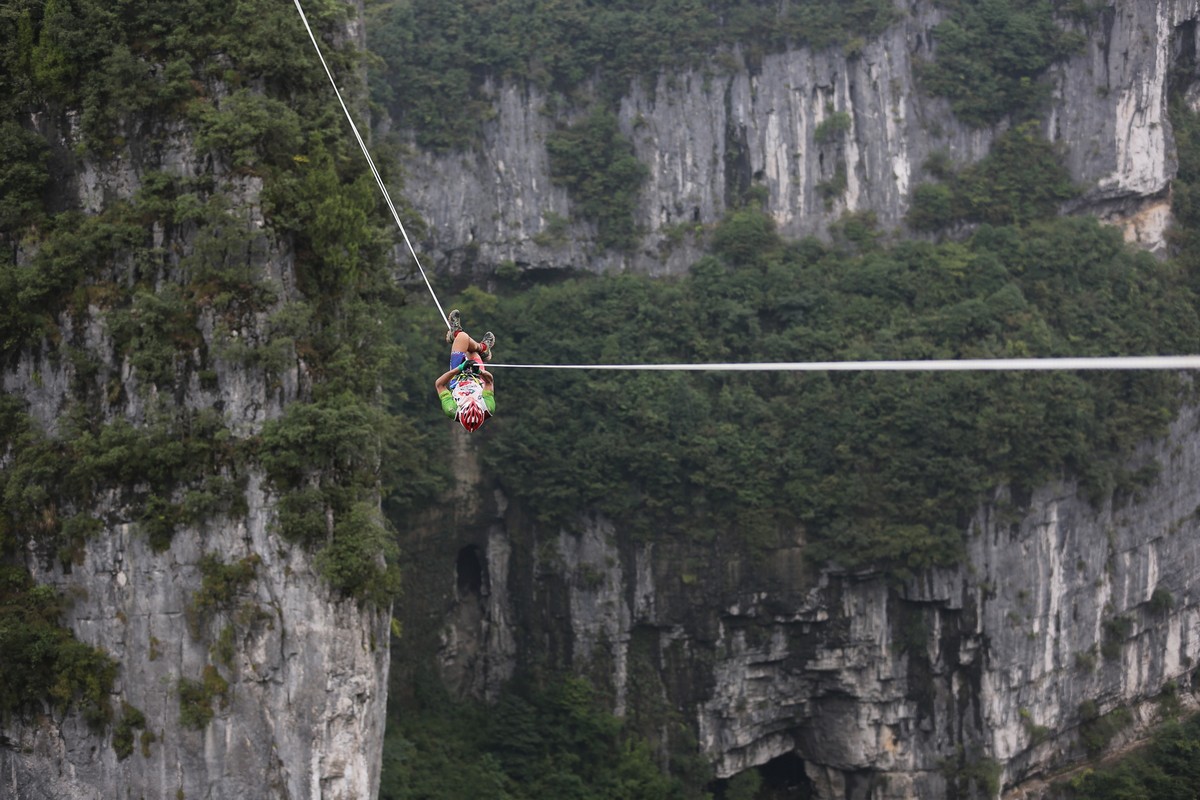
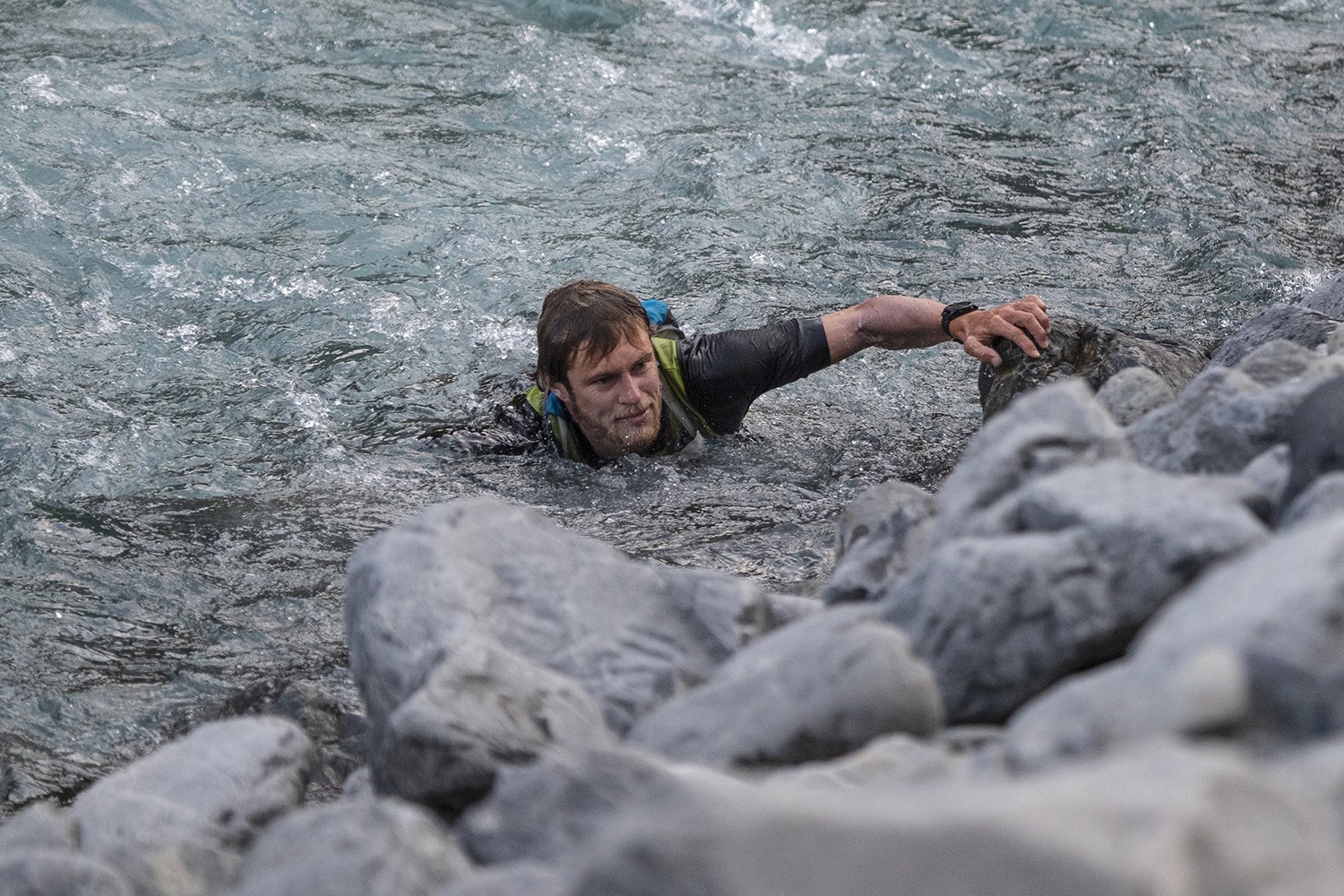
WO: This year you competed in the Coast to Coast and came 1st! Can you tell us a bit about this and the training involved?
SC: I knew I would really have to bring my A-game this year, racing against my friend and teammate Dougal Allan, who won the year before. I knew this time around it would be critical for me to have a very good mountain running stage and final cycle – so I put particular emphasis on that in my training. The run stage is super technical so in training, I spent a lot of time off-road; up in the Kaimais’ and Urewera National park. I also ended up spending a fair bit of time just running up and down the rocky breakwaters around Tauranga Harbor to really dial in my foot-eye coordination. I actually did most of my cycle training on my mountain bike too, on race day we use time trial bikes so I put some clip-on aero bars and slick tyres on my hardtail for training. It meant that I could do my long rides on quiet gravel roads and do some really epic loops.
WO: What was going through your mind while you were competing in the Coast to Coast?
SC: Mostly on my pacing and nutrition -
"It's a super long event, and staying focussed for the best part of 12 hours is one of the challenges. I’ll usually end up with some weird song stuck in my head."
WO: Looking back on the event, what were the highlights?
SC: I really enjoy the run stage; it is a 32km scramble up a rocky creek and over a mountain pass. The scenery is absolutely stunning. A lot of folk would think that I would enjoy the paddle most, but by the time you get there, you’re already really tired. It's cold and miserable and your bum hurts from the seat, and you have to spend that 4-5 hours force-feeding yourself so you’re ready for the final cycle stage.
It’s the day of an event –
WO: What does the morning of an event look like for you?
SC: Most endurance events have to start early so I’m often up around 4. I like to stretch, and have a nice hot shower. Creamed rice is a favourite race day brekkie for me; sometimes I’ll even eat a can of that while I’m in the shower.
WO: Favourite post-event meal?
SC: Sometimes I struggle to eat after an event. I spend most of the day force feeding myself on energy gels and bars so when I actually get to the finish I don’t really feel like a big meal. I’ll usually be craving something like a Greek salad because of all the greens. That’s only straight after the event though; the whole week following is an avalanche of pies and Lamingtons.
WO: What’s the best advice anyone’s given you?
SC: Emily Miazga (Em from Em’s Power Cookies) showed me how to plan my race-day nutrition. I never knew how good it could feel to have maximum energy levels all day long. Eat heaps! Nowadays I aim for around 75g carbs/hour, sometimes it can be as high as 100g/ hour!
WO: What advice would you give someone who’s just starting to compete in multi-sport events?
SC: Spend $500 on a crappy kayak and paddle it until you hate it, you’ll learn heaps and appreciate a new boat even more.
WO: What does life beyond training and competing in multi-sport events look like for you?
SC: I’m living in Tauranga with my girlfriend Zoe and a cat whom we inherited from the neighbours. When I’m not in serious training mode I try and work; engineering project work comes up pretty frequently and it's useful to have the spare pocket-money for when I want to take time off. I’m also slowly working through an engineering diploma. It's good to be busy!